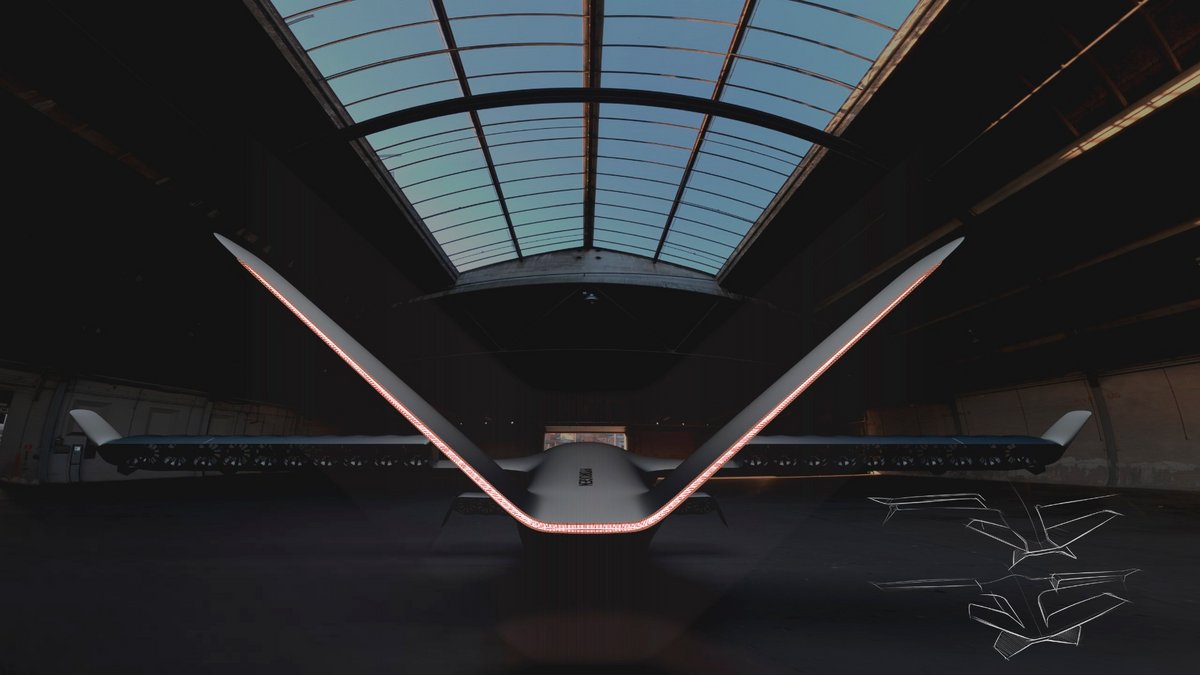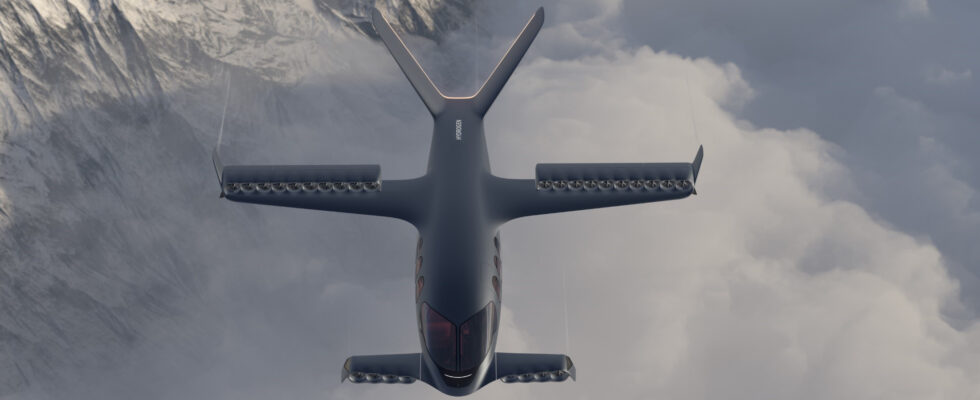In the field of electric aviation, things are happening! Sirius Jet, a start-up based in Switzerland, intends to mark the sector in its own way with its two eVTOL models: the Business Jet and the Millenium Jet.
VTOL (Vertical Take-off and Landing) are aircraft capable of taking off and landing vertically. e-VTOLs are therefore aircraft with the same capacity, with the only difference that they are electric. Those made by Sirius Jet run entirely on hydrogen, like ZeroAvia’s models. Their two models, the Business Jet and the Millenium Jet, are designed to offer very appreciable autonomy and performance. One of the keys to their skills lies in their design, worked in collaboration with companies that are experts in Formula 1.
The planes of the future
Sirius Jet will therefore offer two different models:
- The Business Jet, the smaller of the two, with three seats and a total range of 1,850 kilometers.
- The Millennium Jet, five seats and which can fly for 1,046 kilometers.
Quite serious performance, and more than sufficient to ensure regional connections. The aircraft manufacturer also had the luxury of designing its two aircraft in collaboration with Formula 1 Sauber Group and BMW Designworks. A major asset which will allow the company to benefit from the expertise of the two entities, particularly in terms of aerodynamics, telemetric measurements and the manufacture of composite parts.
A technological set at the cutting edge of innovation
The Sirius Jet aircraft propulsion system is already a little gem in itself. In fact, no less than 28 engines will ensure this, all capable of operating independently. This entire system will be powered by a fuel cell powered by liquid hydrogen. A choice which is explained first of all by an increased energy density in comparison with gaseous hydrogen.
In compressed gas form, hydrogen offers 0.8 kWh/liter when stored at 350 bars and 1.1 kWh at 750 bars. When in liquid form, its volumetric energy density can rise to more than 2.3 kWh/liter. Result: a tank of the same size is capable of delivering double or even triple the energy if the H2 is liquefied. A big plus for autonomy, but the system is however much more expensive.

However, Sirius Jet is still far from the commercialization stage given that the regulations governing aeronautics remain extremely strict. There are still many gray areas around Sirius Jet’s two e-VTOLs, and nothing says that they will not take off one day. In the meantime, we can still admire their devilishly successful design.
Source : H2 Mobile

8